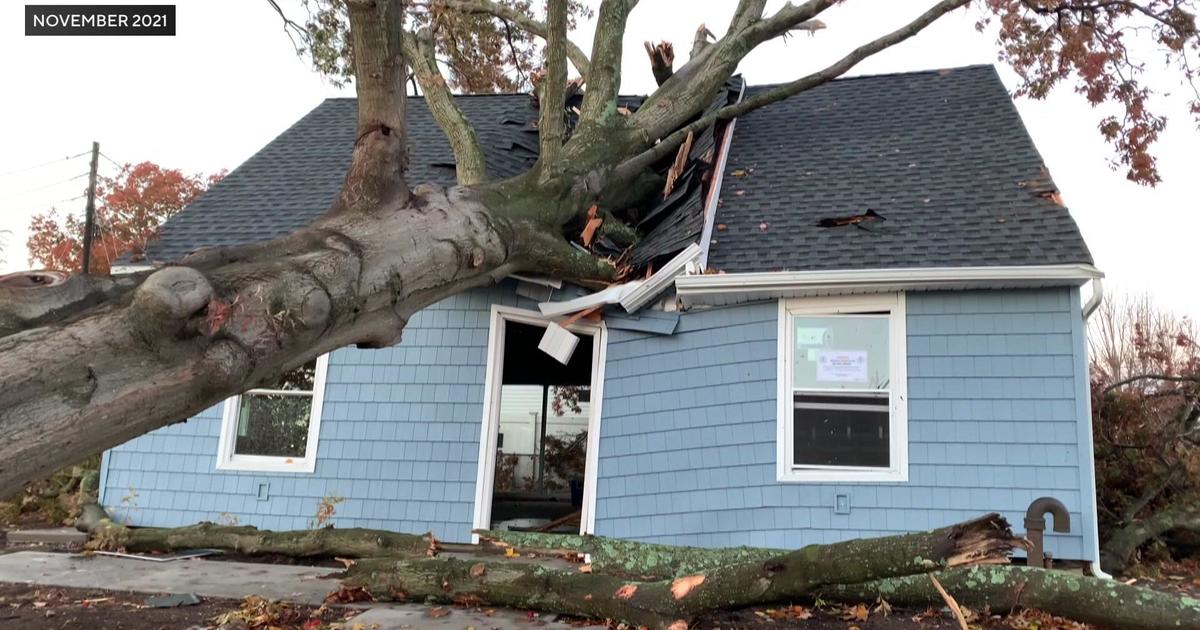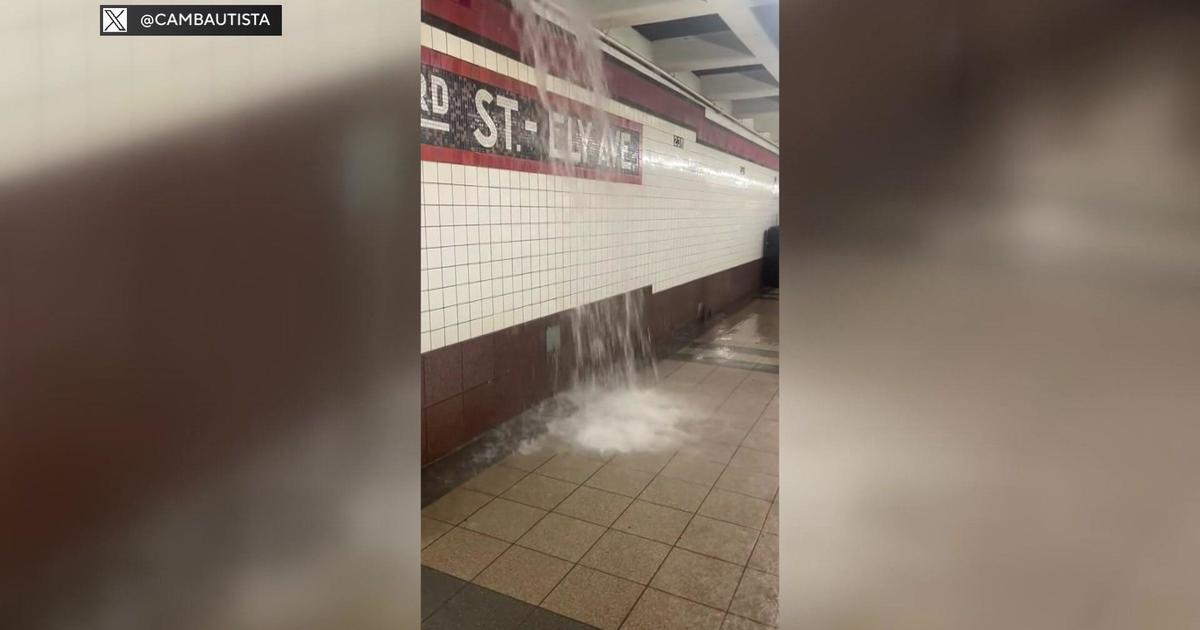Deadly East River Crash Raises New Questions On Helicopter Safety
NEW YORK (CBSNewYork) -- Many questions have emerged in the wake of Sunday's deadly helicopter crash near Roosevelt Island.
Why did only the pilot survive? Were all necessary safety precautions taken?
Watching the helicopter go down in the East River, veteran pilot Bill Richards says it was a textbook touch-down.
"The pilot did a great job," he told CBS2's Lisa Rozner. "It was a good landing, it wasn't like a crash. It was a landing in the water, and I didn't see the floats inside."
Richards, who flies the same model that went down Sunday, says skid floats should be deployed immediately once a pilot knows the aircraft will be going into water. He says it looks like they deployed, but possibly not all of them until after the crash.
"The reality of why they died wasn't because of impact or trauma," Richards said. "They died because they drowned, whether they were trapped and couldn't get their harnesses undone."
A pilot can free themselves by pulling one lever inside the aircraft, however the passengers all had harnesses that tied them inside with more than a usual seat belt since the group was on a photography mission with the doors removed.
A cameraman in another chopper, Eric Adams, says he attended a pre-flight safety training with the victims where they were shown a ten minute video.
"It explains how the harness worked and it explained the fact that there was a knife attached to the harness you could use to cut the tether," Adam said.
He claims the group wasn't informed where exactly that knife was located.
"We need to know before we get in the chopper how to get ourselves out quickly," Adams said. "They should make us aware where the knife is and where we should cut."
CBS2 asked Liberty Helicopters where the tool was located, but they didn't respond. As for what caused the helicopter to go down, a source familiar with the investigation says the pilot told police he observed a "tether from a front passenger's harness wrapped around the fuel shut off lever, which had accidentally cut off fuel supply to the engine resulting in engine failure. At that point, the engine could not be restarted and the aircraft descended into the water."
Richards says once that lever is pulled, it can't be reset unless you leave the chopper and do so yourself. The lever is on the floor in case there's a fire on board, according to Richards.
"It's a big handle so you can grab it easily in an emergency," he said.
The veteran pilot adds that no matter what kind of training you undergo, when panic strikes it's hard to stay calm -- even for a pilot with more than 40 years of experience.
Richards says as the National Transportation Safety Board begins it's investigation, it's going to look at aircraft records and determine whether there was a mechanical failure.



